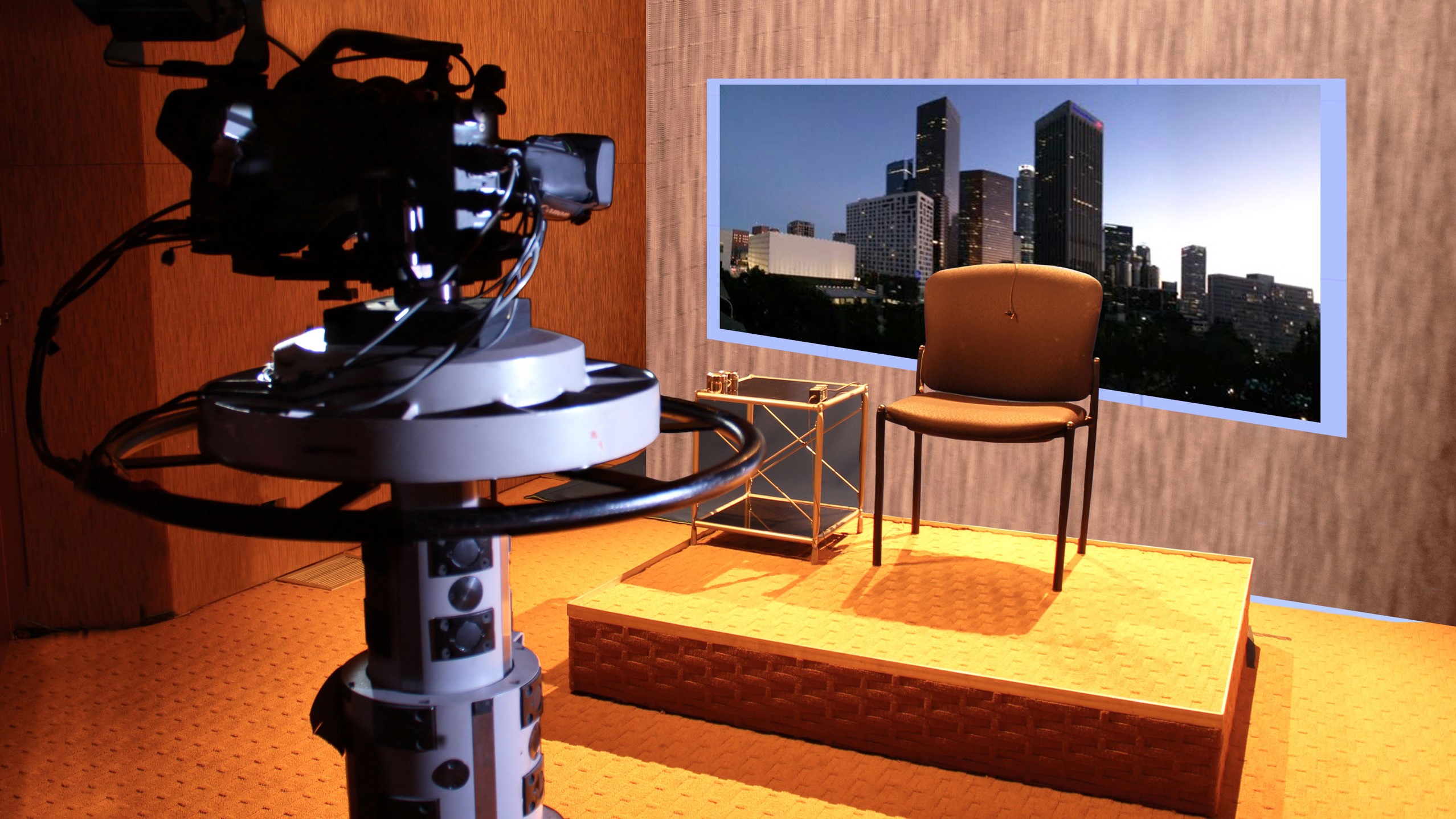Maintaining ‘Broadcast Quality’ During Coronavirus
Pandemic restrictions mean businesses are turning to professional broadcasting experts and facilities to elevate virtual events

At first it seemed like the stuff of a Hollywood thriller, but the social distancing, self-isolation and lockdown resulting from the global pandemic has rapidly become the “new normal.” Overnight, the face-to-face method of doing business has given way to the digital and virtual. The home working, event cancellations and travel restrictions made necessary by the COVID-19 crisis have meant enterprises that had previously used online communications mainly for webinars or streaming coverage of large-scale live corporate events now find that digital platforms are the only way to reach their business audiences.
Enterprises are now faced with the unprecedented challenge of ensuring business-as-usual and ongoing momentum, while prioritizing the welfare of staff, customers, partners and other business contacts. A March survey by Econsultancy and Marketing Week shows that 57% of North American marketers say their product or service launches are now delayed or under review, while a similar proportion say the same is true for marketing initiatives.
The trouble is, live enterprise events such as press conferences, product launches, corporate announcements, investor briefings, customer seminars, town hall meetings and campaign kick-offs cannot wait indefinitely. Businesses need to get their message out and therefore have to find creative approaches to make the virtual as compelling and impactful as the live and in person.
MAKING THE VIRTUAL AS GRIPPING AS LIVE
By making the internet work for them in highly effective ways, astute enterprises are finding new ways to engage and inform their clients, employees, investors and other stakeholders. There are a few simple, low-cost options that many are already employing, such as basic video call and conferencing applications. The reality for corporate events is that webinar-level technology tools might be suitable for small, more intimate digital meetings, but a more robust and reliable approach is needed to take a major virtual announcement or conference beyond talking heads in a poorly lit room.
For live business events reaching audiences in the hundreds or thousands to have the gravitas and polish they need to really stand out, enterprises must raise their game and produce TV-quality experiences that offer the next best thing to being there. Those broadcasting to large, even global, audiences also need the scalability to manage surges in viewers. Broadcast-caliber live production and streaming, combined with remote production techniques, provides a clear professional-grade option.
The remote approach is already being taken by broadcasters like CNN and ABC News. But even some of the broadcast networks are struggling when they don’t have the right setup to support parts of their news programs, sometimes resulting in bad audio, drop-outs and picture issues for video interviews streamed via home broadband—which is a “best effort” solution. The fact that most home broadband connections are geared towards the downstream and not uplinks is one of the major challenges with this setup.
To counter this, more organizations are effectively moving to the use of video links where interviewees use Skype or other special video conferencing apps that feed, contribution style, into a professional production environment. This allows production teams to create a recognizable host-led package that is near to broadcast quality.
BRINGING BROADCAST-GRADE RELIABILITY TO THE ENTERPRISE EVENT
This approach can be applied to either live news broadcasts or enterprise events with the help of studio facility and a broadcast services partner. At The Switch, we are already providing this type of production service through our Burbank studio, running a skeleton crew while acting as a central hub to manage these distributed productions. In these cases, a single participant can still come into one or more professional studios in global media centers such as Los Angeles, New York or London, while others join via Skype.
Although some guests are still contributing via open internet, this type of production facility can offer dedicated connectivity linked directly into key broadcast hubs and other distribution points, such as Amazon Web Services, and low latency links into global platforms such as YouTube Live, Twitter and Facebook. It’s not flawless, but it is a major step up from hoping each speaker’s broadband keeps stable while they are on camera.
Shifting from a live enterprise event to a video-based equivalent requires a level of professional expertise that will ensure that every aspect is delivered to meet the expectations of the audience. Especially challenging live events are those that include an interactive session, such as a press conference or client workshop, where a presenter is delivering a speech, along with video inserts, graphics and even a Q&A—an experienced partner can be key here.
BORROWING FROM SPORTS BROADCASTING
With most markets still in lockdown mode, even a closed auditorium with a three-person video crew—and far less potential for social mingling—still seems a step too far. We will reach a point, in the hopefully not-too-distant future, where the pandemic starts to diminish and a “behind-closed-doors” halfway house with just key participants and minimal crews will support enterprise events.
In this scenario, remote production can be applied to expand the number of locations for events, using approaches from the world of sports broadcasting. In effect, “ghost studios” with lights and cameras remotely operated from a centralized production desk can be run from many venues, including theatres, auditoriums and arenas—most of which already have dedicated lease line connectivity into a broadcast services provider that can guarantee bandwidth.
Live events will return, but as organizations start to become more comfortable with the top-end digital equivalents, the ability to deliver remote, virtual launches, conferences and presentations has the potential to become a primary option rather than a fallback for many events—or at least an essential component of enterprise outreach around them. This becomes even more crucial for organizations seeking to reach global audiences with a simultaneous message that drives their business forward.
George Lopez is senior vice president of operations at The Switch.
Get the TV Tech Newsletter
The professional video industry's #1 source for news, trends and product and tech information. Sign up below.

